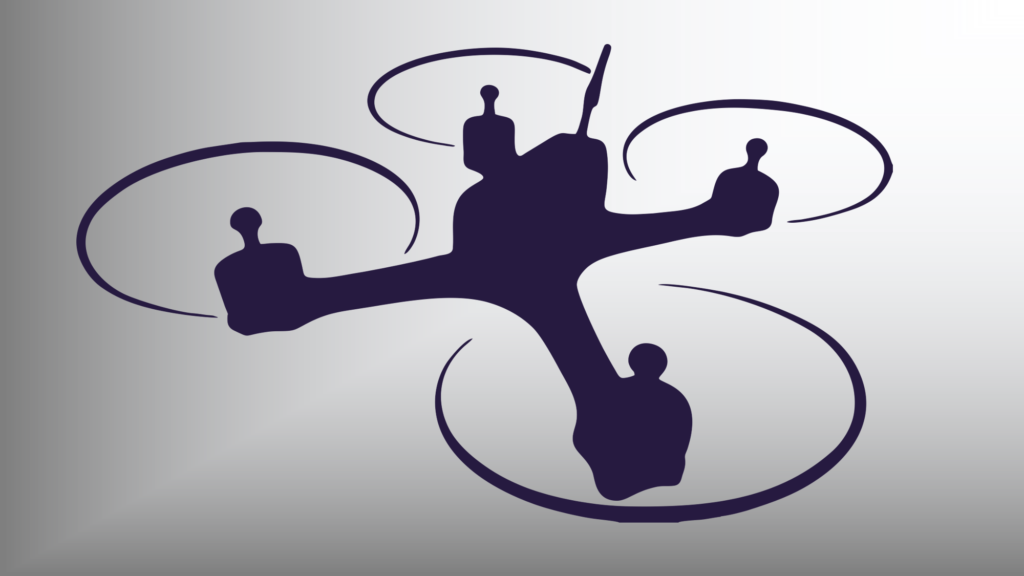
The ‘PEM Fuel Cell Powered UAS’ project is investigating the advantages and feasibility of a PEM fuel cell powered Unmanned Aerial System (UAS) and applications to be derived from it.
A comparison of battery and fuel cell systems shows that both systems have their advantages and the type of application determines the choice of the optimal system. For example, a PEM fuel cell system including tank has a much higher specific energy density (400Wh/kg @350Bar) than conventional Li-ion batteries (150 Wh/kg), whereas Li-ion batteries have a higher specific power density.
The advantage of a higher specific energy density allows higher ranges in the automotive sector and, as here in the case of a UAS, longer flight times. For example, theory and even initial projects have shown that fuel cell-powered UAS are capable of hovering (“hovering”) for more than 3h, whereas most battery-powered UAS do not exceed 30-40min flight time.
Thus, a PEM fuel cell system lends itself to UAS applications that do not require a high payload (“payload”) or fast flights, where a higher specific power density would be needed, but for long flight times with as stationary flight behavior as possible.
This is an internal research project of the Chair of Control Engineering at HSU. In this project, a fuel cell-powered UAS is to be built, tested and optimized. Subsequently, possible future applications will be derived and the UAS will be adapted accordingly. Applications as a so-called ‘flying eye’ in the field of hazard, accident, fire or traffic monitoring using a suitable camera system, which sends a video stream in real time to a ground station, would be conceivable.
If you would like to be part of this exciting development process or learn more about this project, feel free to contact Andreas Cloppenborg.
Letzte Änderung: 15. April 2021
